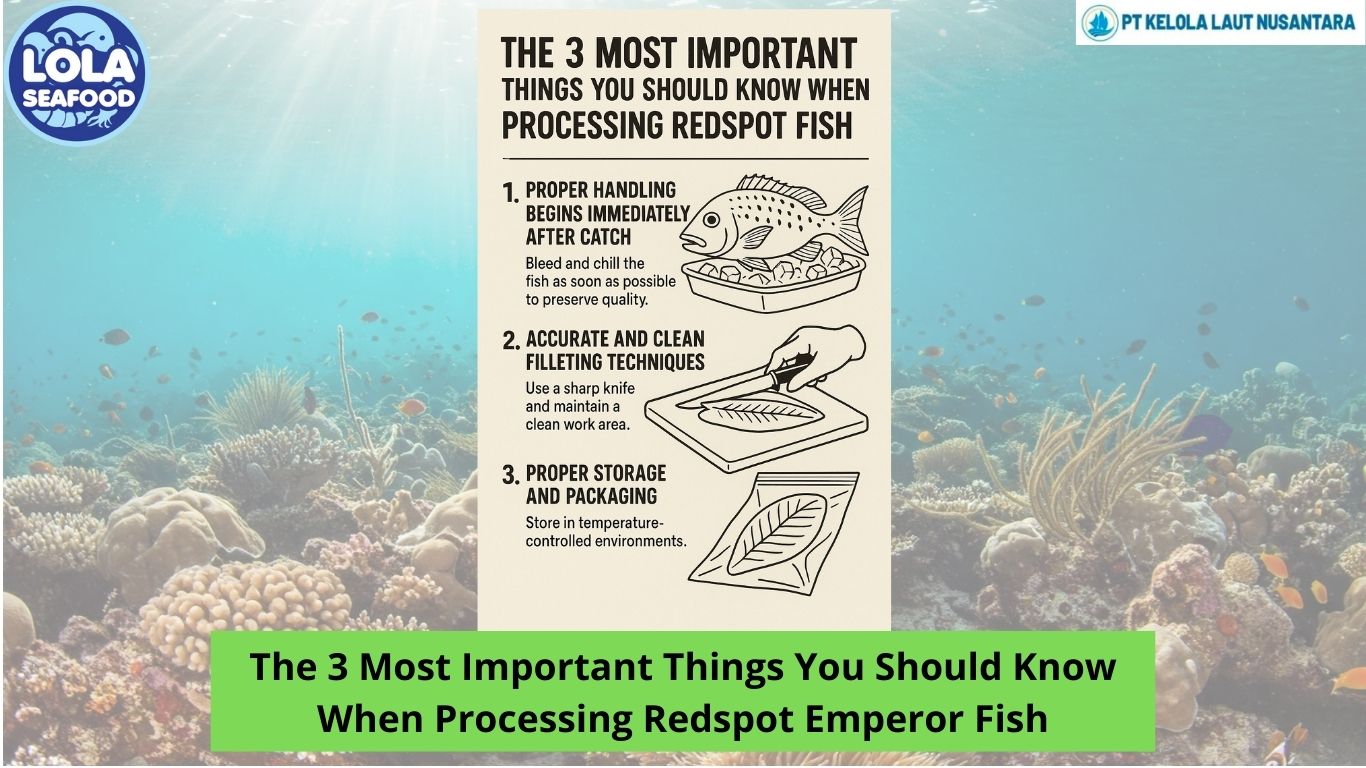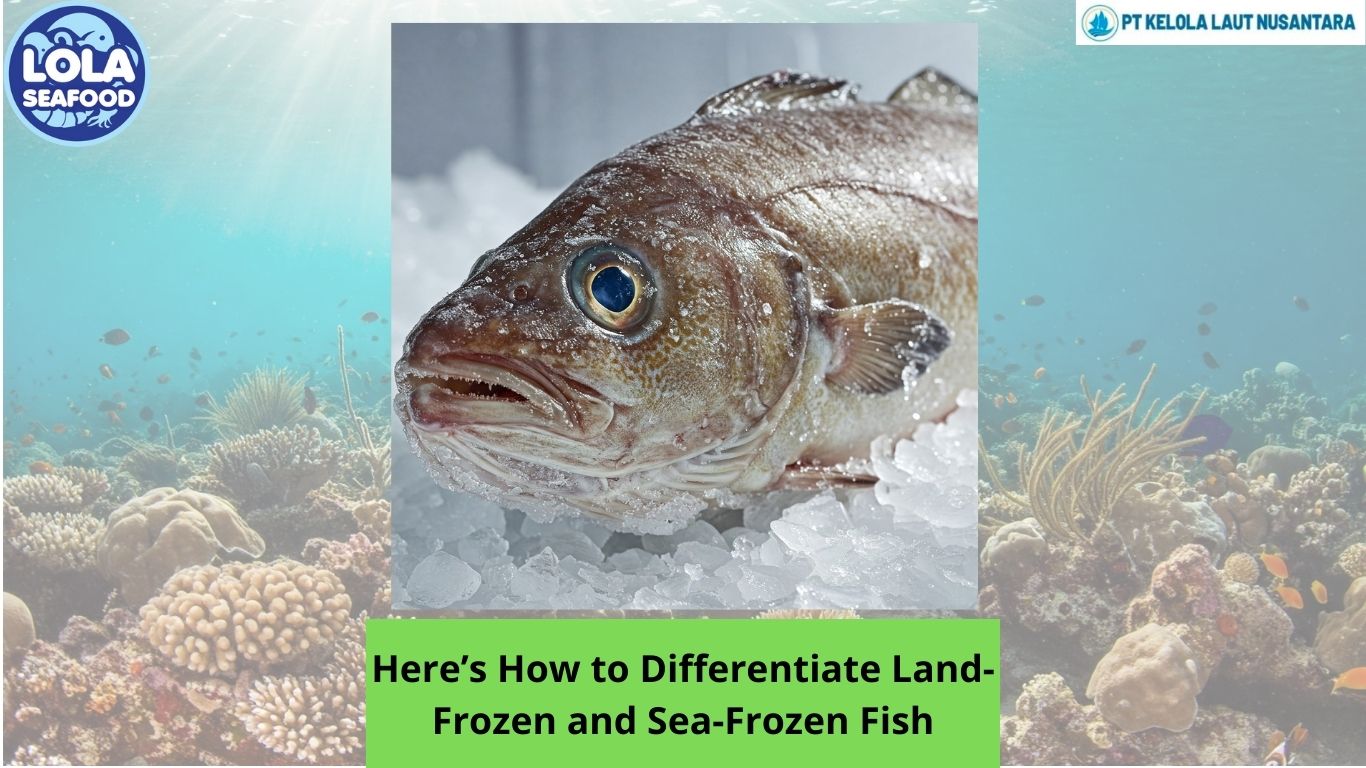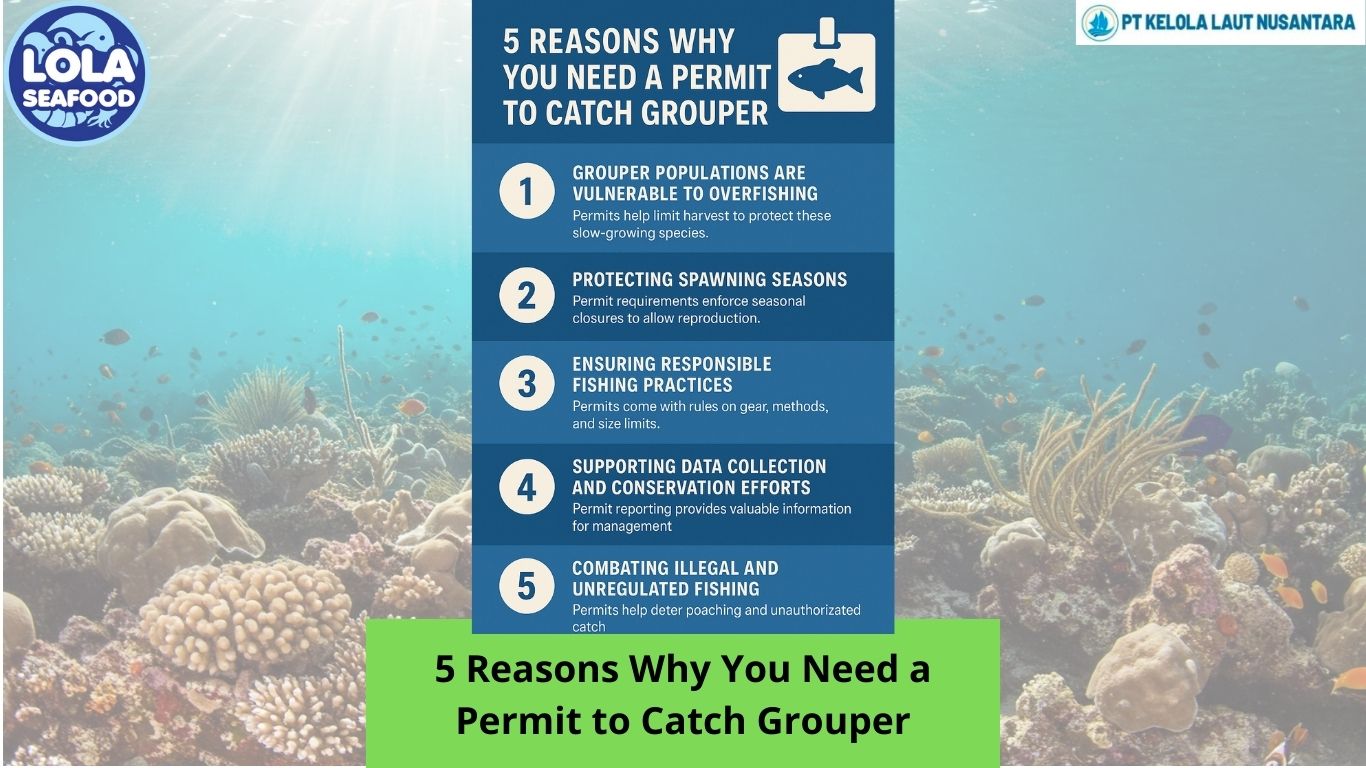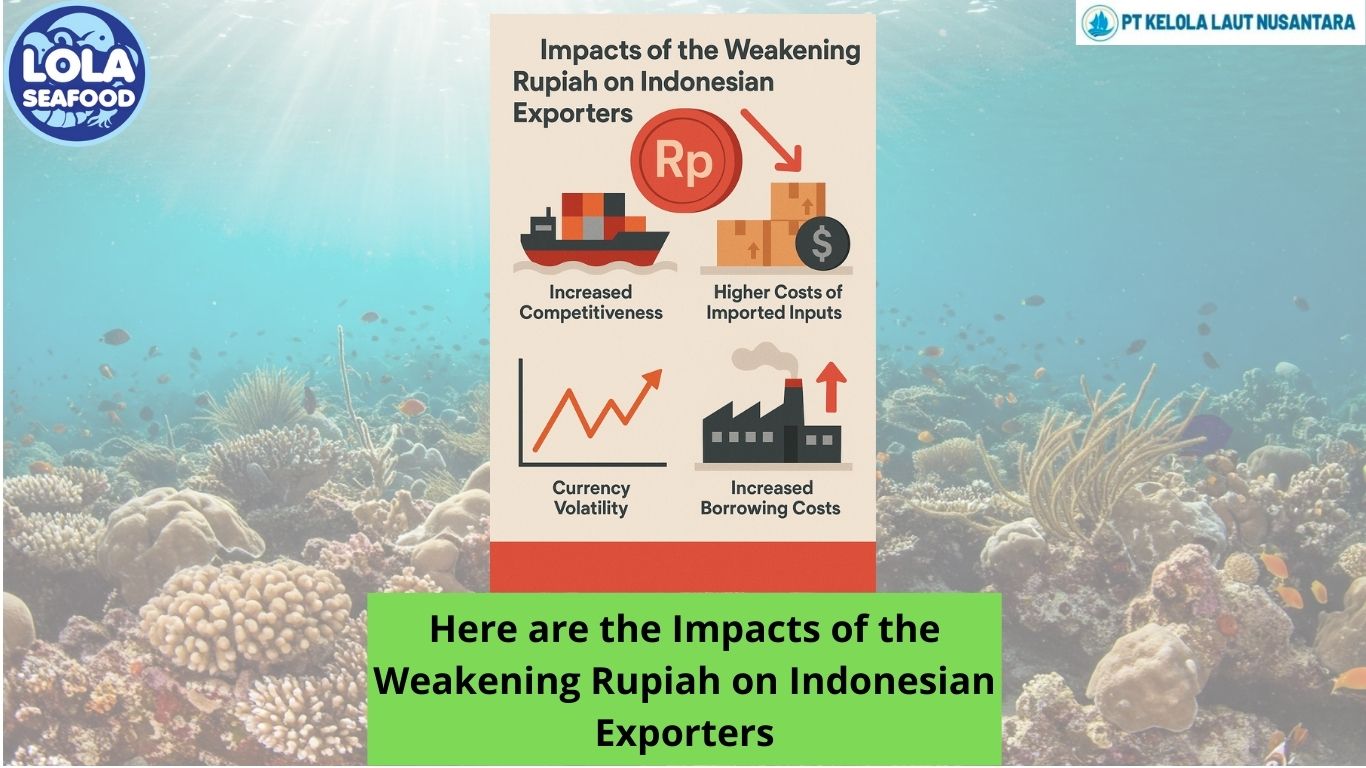Tracking the Seasonal Migration of Salmon
By. Nevanda - 08 Sep 2023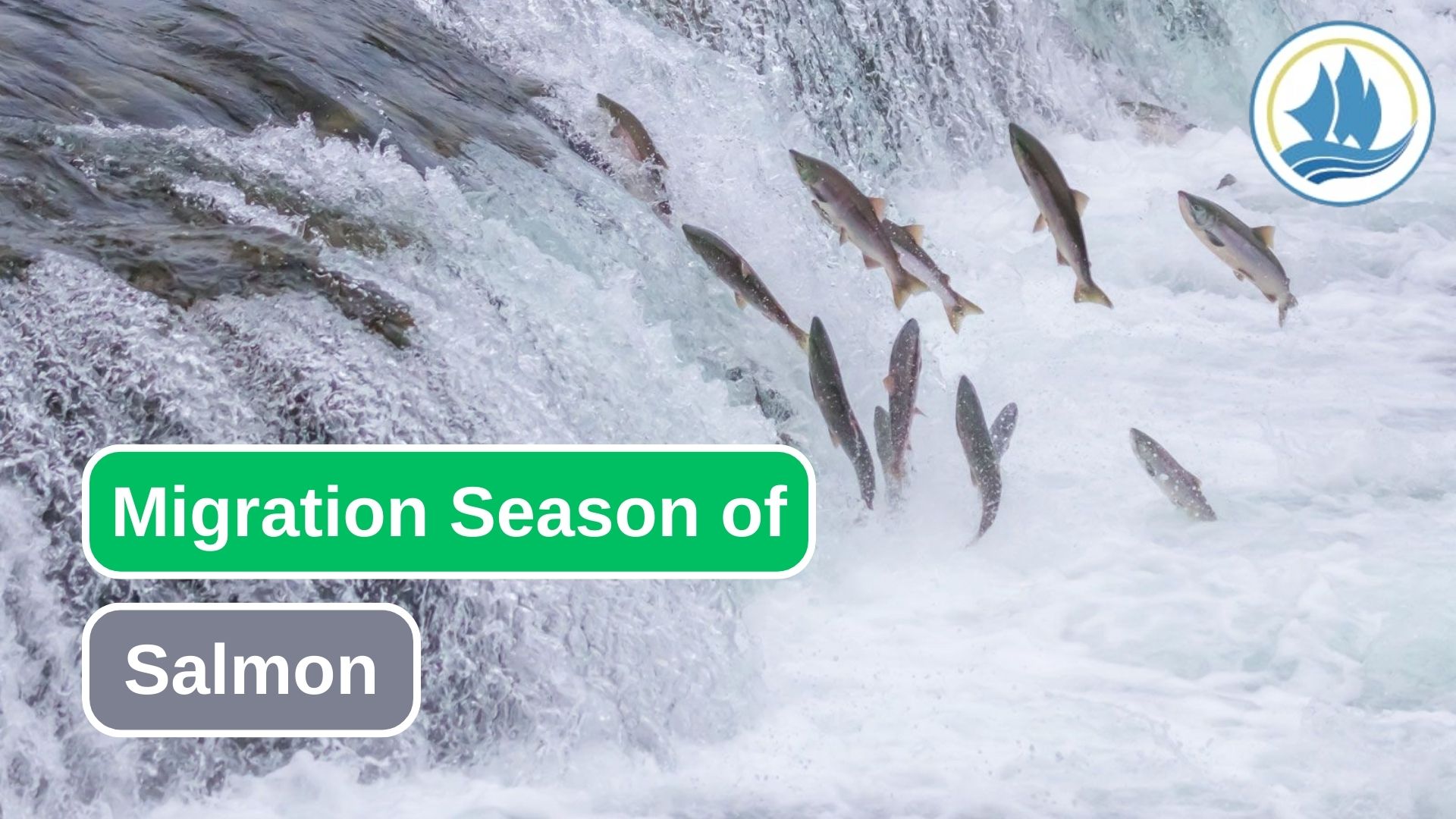
kelolalaut.com - Salmon migration season can vary depending on the species of salmon and their geographic location. Generally, salmon migration occurs in specific seasons associated with their life stages. Here's an overview of the typical salmon migration seasons:
1. Spring and Summer Migration
- Chinook Salmon: Spring and summer are often the peak migration seasons for Chinook salmon, although their migrations can extend from late winter to early fall, depending on the region.
- Sockeye Salmon: Sockeye salmon typically migrate during the summer months, with runs peaking from late spring to early summer.
Read also: Crafting the Ultimate Shrimp Cocktail Recipe
2. Late Summer and Fall Migration
- Coho Salmon: Coho salmon migration usually occurs in the late summer and early fall, with runs extending into early winter in some regions.
- Pink Salmon: Pink salmon have a relatively short migration season, often occurring in late summer and early fall.
- Chum Salmon: Chum salmon typically migrate in the late summer and fall, with peak runs occurring from late summer to early autumn.
3. Year-Round Migration
Atlantic Salmon: Atlantic salmon have a more extended migration season. They can migrate to spawn in freshwater rivers during various times of the year, but it often peaks in the late summer and early fall.
Salmon migrations are driven by their life cycle. They hatch in freshwater rivers and streams, spend several months to several years in the ocean, and then return to their natal streams to spawn. The timing of their migration is influenced by various factors, including water temperature, day length, and the specific needs of each species.
It's important to note that the exact timing of salmon migration can vary by region and can be influenced by environmental conditions and climate changes. For example, in some areas, salmon runs may shift due to alterations in river flow or temperature patterns. Conservation efforts and monitoring are crucial to protect these iconic fish during their migration and spawning periods.
Read also: Try This Easy Salmon Taco Recipe at Home
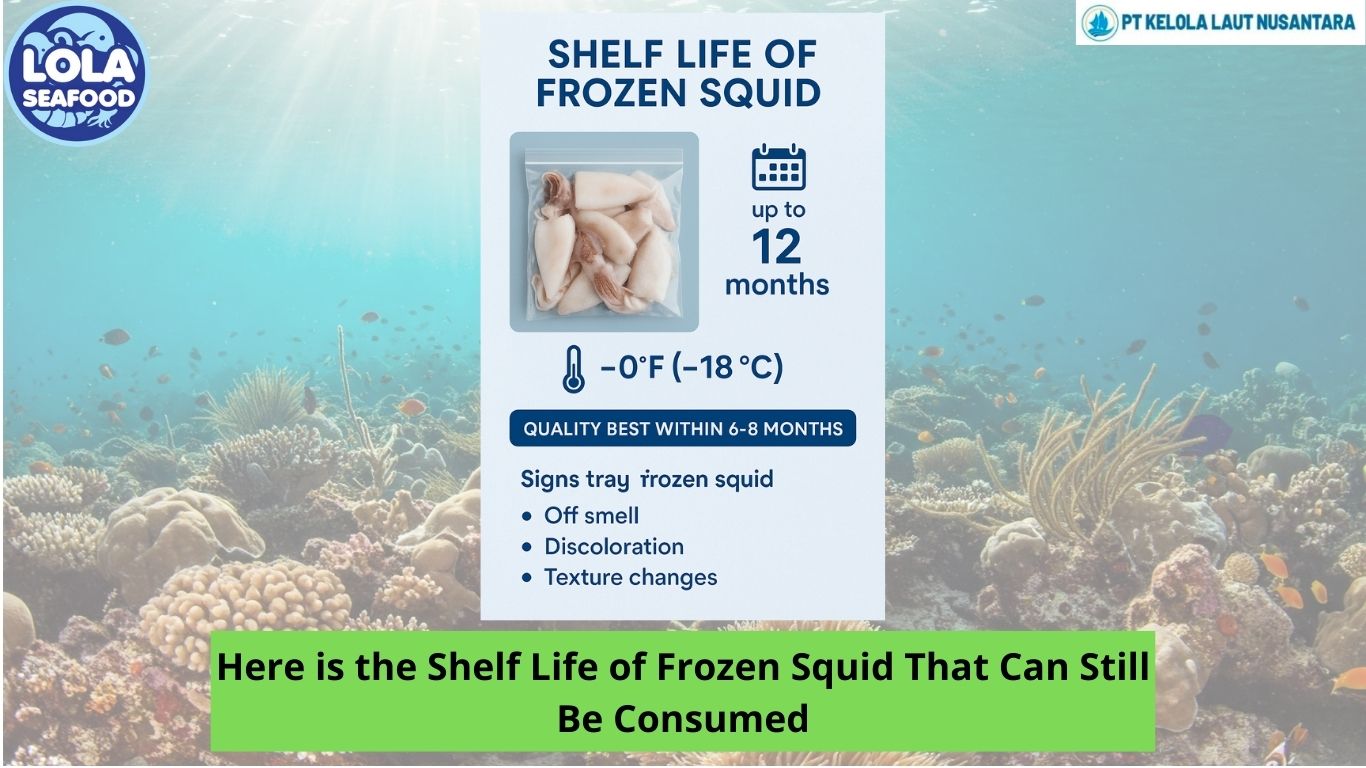
.jpg)
.jpg)
.jpg)
